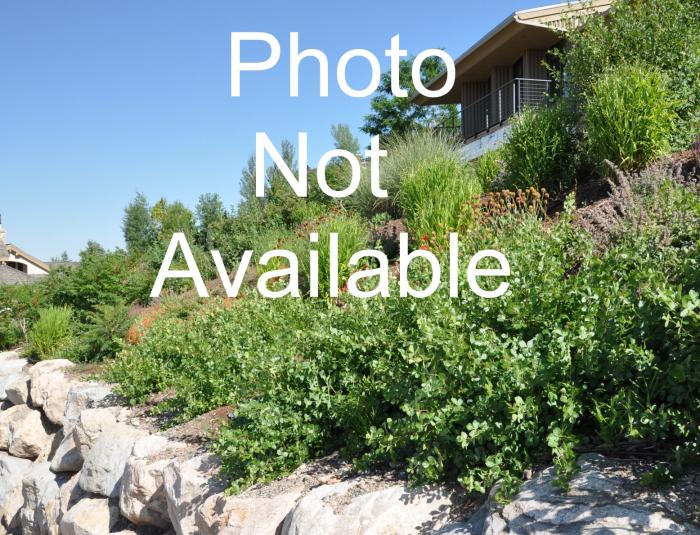| Botanical Name: Thymus praecox arcticus 'Purple Carpet' | |
| Common Name: Purple Carpet Creeping Thyme |

-
Anatomy
-
Culture
-
Design
Plant Type
Ground cover, Perennial, Herb
Height Range
Under 1'
Flower Color
Lavender, Purple
Flower Season
Spring, Summer
Leaf Color
Dark Green
Bark Color
n/a
Fruit Color
n/a
Fruit Season
n/a
Sun
Full
Water
Low, Medium
Growth Rate
Moderate
Soil Type
Sandy, Clay, Loam, Rocky, Unparticular
Soil Condition
Average, Rich, Poor, Well-drained, Dry
Soil pH
Neutral
Adverse Factors
Attracts Bees
Design Styles
English Cottage, Formal, Mediterranean, Ranch
Accenting Features
Fragrance, Showy Flowers
Seasonal Interest
Winter, Spring, Summer
Location Uses
Entry, Perennial Border, Parking Strip, Patio, Walkways
Special Uses
Container, Mass Planting, Lawn Alternative, Small Spaces
Attracts Wildlife
Butterflies
Information by: Stephanie Duer
Photographer:
Photographer:
-
Description
-
Notes
This flat-growing thyme variety features tiny, fragrant, dark green leaves, smothered by bright mauve-purple flowers in early summer. It grows about 1 to 2 inches tall and spreads 12 to 18 inches, making it well suited as a drought-tolerant low-play lawn substitute or for planting between flagstones; it tolerates moderate foot traffic, but its not grass.
Grow in well drained soil in full sun. Adaptive to soil types, but well draining is a must. If using over a large area for a groundcover, plant on 15 to 18 inch centers to ensure that it fills in by the end of the season. Thymes, while drought tolerant once established, need to be watered regularly for several weeks or until established. If using as a groundcover, plant plugs on 6 inch centers for a dense mat. Makes a nice alternative to turf. Deer and rabbit resistant. Hardy to USDA zone 2.